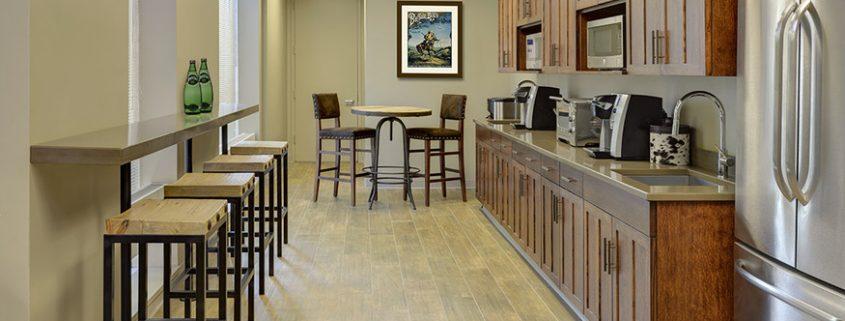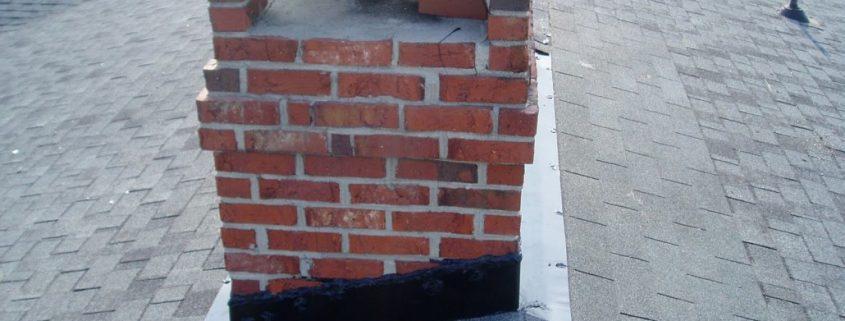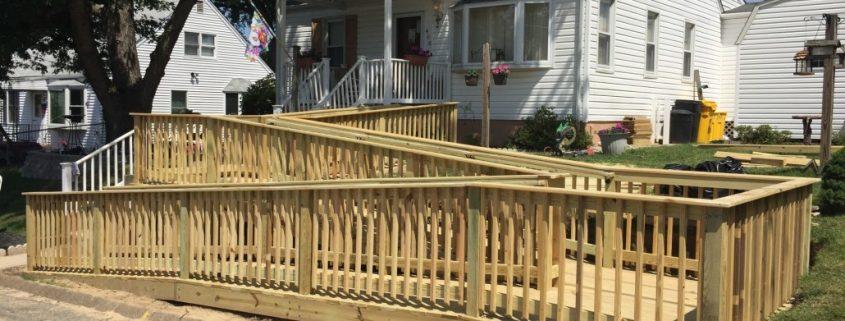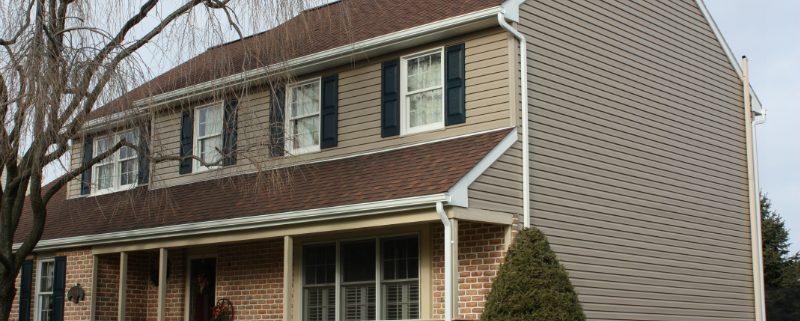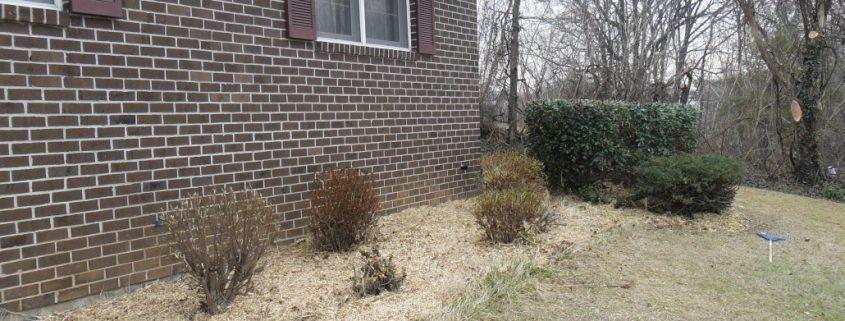Different types of window treatments
The curtains are the type of treatment for most popular windows for many reasons. Frame a window with fabric provides attractive aesthetic and functional. Curtains can soften rigid lines, add color, and texture, colorful landscapes little block, give privacy and gently filter sunlight. There are many types to choose curtains for your windows, from traditional favorites to contemporary.
Curtains barrel
Barrel curtains create an aesthetic gathered clasping curtain fabric in barrels above the window. This treatment may have a header (fold) over the rod, or having no header. Barrel curtains can have holes of 1 inch (2.54 cm) to 1/2 inch holes 4 (11.43 cm). They are one of the most popular types of curtains. These curtains can be purchased from any vendor of home decor or can be tailored to any type of fabric available.
Curtains with stitched pleats
Curtains or curtains with decorative folds sewn pleats have on top. They are a traditional type of treatment for curtains. The header is created with a series of folds that are passed through barrels. They can be hung by hooks or rings of said Barrel. They can be worn under skirts or on shutters for a complete treatment. An alternative for stitching fold is the fold box. Headers box pleat curtain folding upon itself in the total length of the curtain.
Curtains clips
The curtains with loops at the top enhance the beauty of decorative barrels, since much of barrels seen through this arrangement header window. Loops or circles fabrics are sewn to the top of a flat panel and give a very contemporary image. The clips can be made both of a fabric that matches or contrasting fabrics. These curtains come in wrinkled or plain versions. Fabrics made of any kind of weight are suitable for this type of curtains.
Cafe curtains
The cafe curtains are short panels covering half the length of the window. These curtains are hung from barrels suspension or coffee from the middle of the window, leaving the top of the window naked. The cafe curtains are popular for their simple, casual and clean style in bathrooms and kitchens. The cafe curtains can be combined with one side (window topper) for a cohesive look.



